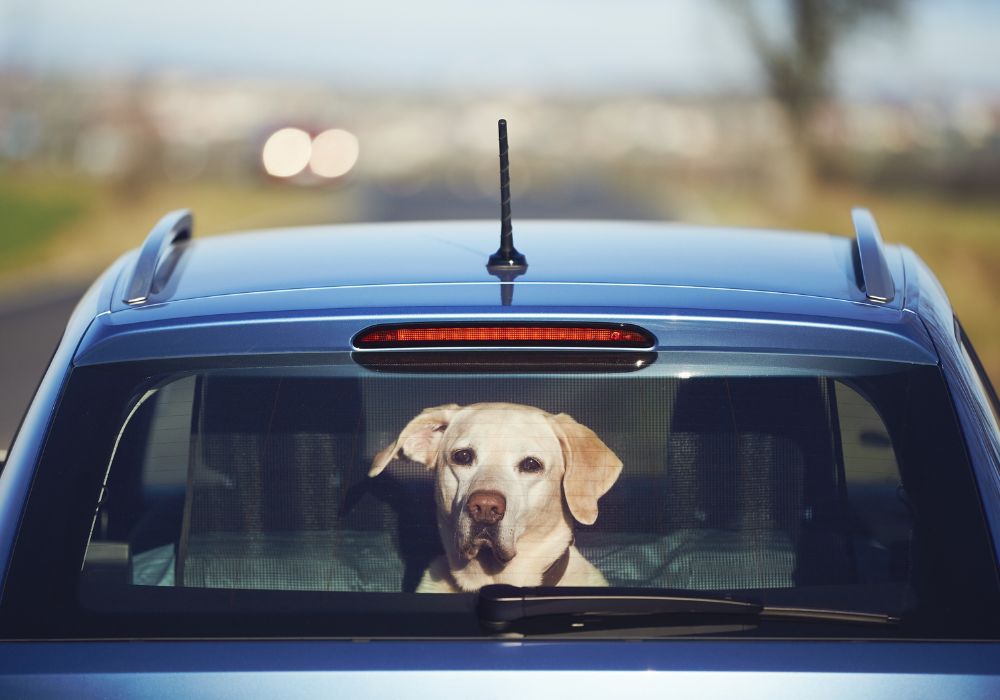Never scold your puppy for accidents, as this will only teach them to associate going to the bathroom with negative feelings.
Positive Reinforcement
Positive reinforcement can be used to correct undesirable behaviors in your puppy.
It teaches your dog self-control and predictability. For example, if he barks at a person who walks by your house, he will get a shock collar, so he will be less likely to do so in the future.
By providing him with a different reward when he performs a desirable behavior, he will learn to associate the sensation with a positive outcome.
One of the best ways to use positive reinforcement with a puppy is clicker training. This method is effective because the clicking sound is more noticeable to dogs than a verbal cue.
You can find training clickers in many pet stores and online, and they are inexpensive. Keep in mind that training your puppy will take time, so be patient with him. Also, make the process fun for both you and your puppy.
A training session should last about ten minutes at the most.

Trial And Error
Trial and error is a common method in solving problems.
It involves making many small and repeated attempts until you find something that works. This method is the most effective if you are able to apply a little knowledge and patience.
But it can be quite challenging. It can lead to frustration and a lack of confidence in your ability to train your puppy.
To use this method successfully, you must understand the way your puppy learns. If you want to teach your puppy to stay inside, you should first understand how it thinks and responds to human commands.
It’s normal to expect a dog to learn the same way you do, but a puppy doesn’t always respond the way humans do.
Taking Your Puppy To New Places For Socialization
Puppy socialization is a good way to familiarize your puppy with a wide variety of sights, sounds, and smells.
Your puppy might be intimidated by unfamiliar sights or sounds, but by using treats, praise, and positive reinforcement, you can encourage him to be excited about the new experiences.
You can also take your puppy to new environments where he will get to meet other dogs.
When you’re taking your puppy out for its first socialization sessions, it’s best to start small. Start out with your family, and slowly introduce your puppy to new places.
If your puppy gets overwhelmed or shows signs of nervousness, stop and give him a rest.
Taking Your Puppy To A New Environment For Training
One of the biggest obstacles in training your puppy is the environment which usually triggers distractions.
This new environment can be scary for your pup, so it is important to provide positive experiences to help them cope.
Make sure your living space is completely safe for your puppy, with no dangerous items nearby and plenty of puppy toys for it to play with. Also, make sure your puppy has a place to sleep.
Once you’ve introduced your puppy to its new environment, you’ll need to start slowly. Start by introducing your puppy to a room in your home that is separate from the rest of your house.
This way, your puppy can adjust to the new environment without being overwhelmed by the noise and activity.
After your puppy is settled, start teaching them house training and crate training. You may also want to contact a local trainer or puppy-training classes.
Making The Training Process Fun For Your Pup
The first step in training your puppy is to make the process fun for the two of you.
Using happy voices, toys, and playtime is a great way to make the training process enjoyable for both of you. Choosing a dog trainer who uses a fun approach to training is also very important.
Use treats to motivate your puppy to come when called. A very small treat that you’ll always have available works great for this purpose.
Start by holding the treat up to your puppy’s nose and slowly moving it over his or her head. When the puppy comes running, make sure to give a treat and praise him or her.
Try to give him or her lots of treats when you take him or her to new places.




